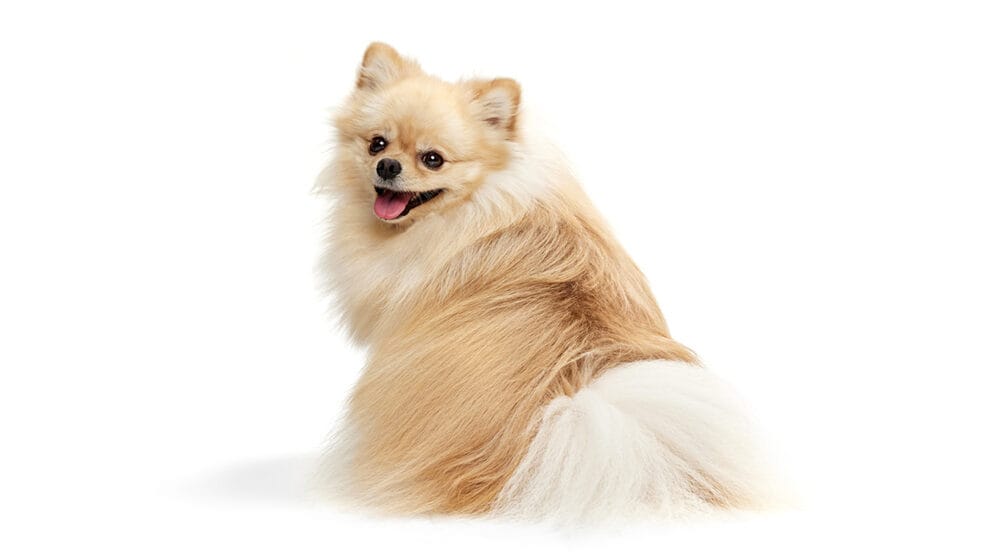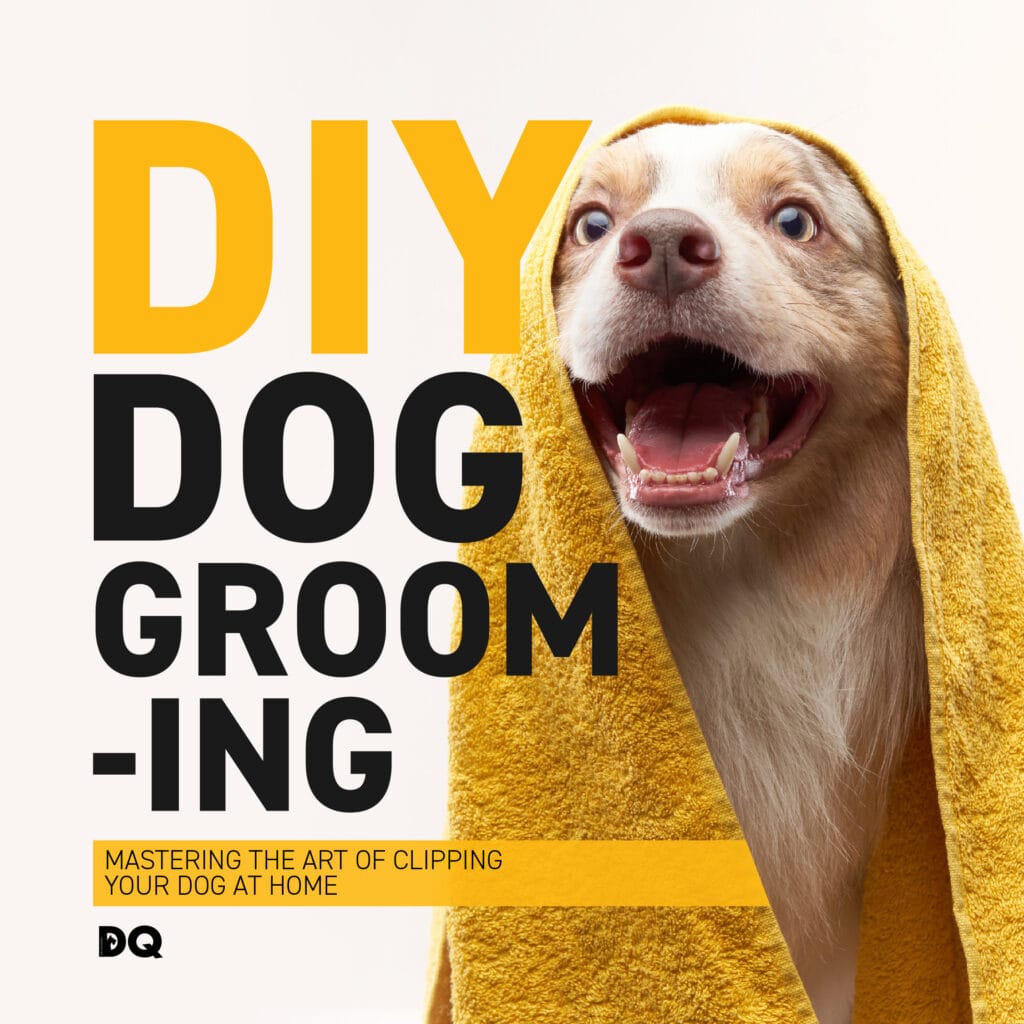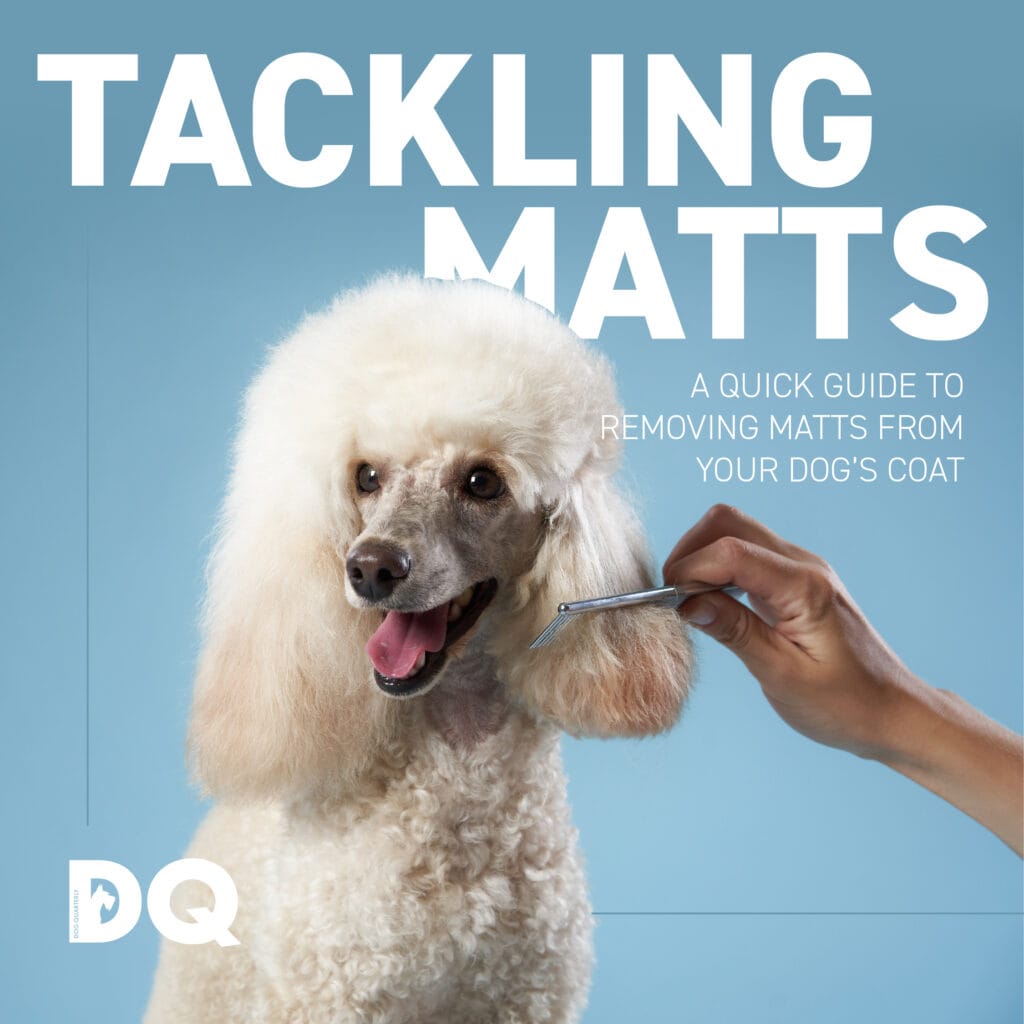Tips and tricks
Grooming dogs for show is a labour of love that requires dedication, patience, and a keen eye for detail. Whether you’re a professional handler or an enthusiastic owner looking to present your beloved canine companion in the best possible light, grooming is an essential aspect of the process. In this article, we delve into the world of dog grooming for showing, exploring the techniques, tools, and tips to help your dog shine in the spotlight.
- Start early
Grooming for show dogs should begin at an early age to accustom your pet to the process. The earlier you start, the more relaxed your dog will be when it’s time for the big show.
- Establish a routine
Establishing a regular grooming routine will help your dog become more comfortable with the experience. Daily brushing and maintenance are key to keeping the coat in pristine condition.
- Know your dog’s breed standard
Each breed has specific grooming requirements outlined in their respective breed standards. Familiarise yourself with these standards to understand the ideal appearance for your dog. Pay close attention to coat type, colour, length, and any specific grooming techniques required for your breed. Grooming practices vary significantly from one breed to another.
- Gather the right tools
Invest in quality grooming tools tailored to your dog’s coat type and breed. Common tools include brushes, combs, clippers, scissors, and grooming shears. Different breeds may require specialised equipment, such as stripping knives for terriers or de-shedding tools for double-coated breeds. Consult with experienced groomers or breed-specific resources for guidance on the appropriate tools for your dog.
- Bathe and condition
Regular bathing is essential for show dogs, as it ensures their coat remains clean and vibrant. Use a high-quality dog shampoo suited to your breed’s coat type, followed by a conditioner to maintain softness and manageability.
- The art of brushing
Brushing is a fundamental part of grooming for show dogs. Brush your dog’s coat daily to prevent matting and tangling, distribute natural oils, and stimulate healthy hair growth. Use a slicker brush, pin brush, or bristle brush depending on your dog’s coat type. Pay special attention to sensitive areas like underarms, ears, and paws.
- Mastering trimming
Proper trimming is essential for show dogs to achieve the desired appearance. If you’re unsure of how to trim your dog’s coat, consult with a professional groomer or breeder who can provide guidance or offer hands-on instruction. Precise trimming can make a significant difference in your dog’s presentation.
- Nail care and dental hygiene
In addition to coat grooming, don’t forget about nail care and dental hygiene. Keep your dog’s nails trimmed to prevent discomfort while walking. Regular teeth cleaning and dental care will ensure your dog has fresh breath in the show ring.
- Final preparations
In the days leading up to the show, give your dog a final bath and grooming session. Pay close attention to any last-minute touch-ups, including trimming, brushing, and combing. Ensure that your dog is clean, well-groomed, and in top condition for show day.
A note on grooming standards
Grooming standards for dogs vary significantly depending on the breed. These standards are established by breed clubs and organisations to maintain the unique characteristics, appearance, and overall health of each breed. Here are some facts about breed grooming standards for dogs:
- Coat length and type: Grooming standards define the desired coat length and type for each breed. For example, some breeds have long, flowing coats, while others have short and smooth coats. Certain breeds may have double coats, which require specific grooming techniques to maintain.
- Colour and markings: Breed standards often specify the acceptable colours and markings for a particular breed. Deviations from these standards may disqualify a dog from show competitions.
- Specific grooming tools: Different breeds require different grooming tools. For example, wire-haired terriers may need stripping knives to maintain their distinctive rough coat, while breeds with long, flowing hair may require specialised brushes and combs to prevent matting.
- Facial grooming: Specific attention is often given to the grooming of a dog’s face, including the trimming of eyebrows, beard, and moustache. Some breeds, like the Poodle, are known for their intricate facial grooming styles.
- Paw and leg grooming: Breed standards dictate how a dog’s paws and legs should be groomed. This can include trimming the fur on the paws, shaping leg feathers, or maintaining a specific look for the breed.
- Tail grooming: Breed standards also dictate how a dog’s tail should be groomed. This can include trimming of the hair on the tail and shaping of the tail hair.
- Head and muzzle shape: Breed standards may describe the ideal head shape, muzzle length, and stop (the point at which the nose and forehead meet). This is especially important in breeds with distinctive head shapes like the Boxer or Bulldog. Whilst these cannot be changed, choices about facial grooming can improve the overall appearance.
- Skin and wrinkle care: Breeds with loose or wrinkled skin, such as the Shar-Pei or Bulldog, have specific care requirements to maintain the health and cleanliness of their skin. This is important in all grooming for these breeds as a welfare issue, but any evidence of skin issues due to wrinkles (no matter how old the evidence may be) is, of course, an absolute no-no in showing.
- Dental care: Some breed standards require that a dog’s bite, tooth alignment, and overall dental health meet specific criteria. Proper dental care is essential for these breeds.
- Ear care: Dogs with floppy ears may require regular cleaning to prevent infections, and ears must be clean for showing.
- Nail maintenance: Keeping a dog’s nails at an appropriate length is crucial. Some breed standards may specify nail colour or require that nails not touch the ground.
- Grooming for function: In working and hunting breeds, grooming standards may have a functional aspect. For example, some breeds have their coats trimmed to reduce water drag when swimming, or for protection while hunting.
Understanding and adhering to these grooming standards is essential for breed preservation and success in dog shows. Grooming plays a significant role in showcasing the unique and defining features of each breed, making it a crucial part of the world of purebred dogs.
Take home message
Grooming dogs for shows is a rewarding endeavour that can strengthen the bond between you and your furry friend. It’s a process that requires time, dedication, and attention to detail. By following these tips and techniques, you can ensure your dog looks their best when stepping into the show ring. Remember that grooming for a show is a journey, not a destination, and the ongoing care and dedication will result in a well-prepared and confident canine competitor. So, take pride in your grooming skills and enjoy the journey towards showcasing your dog’s true beauty.



